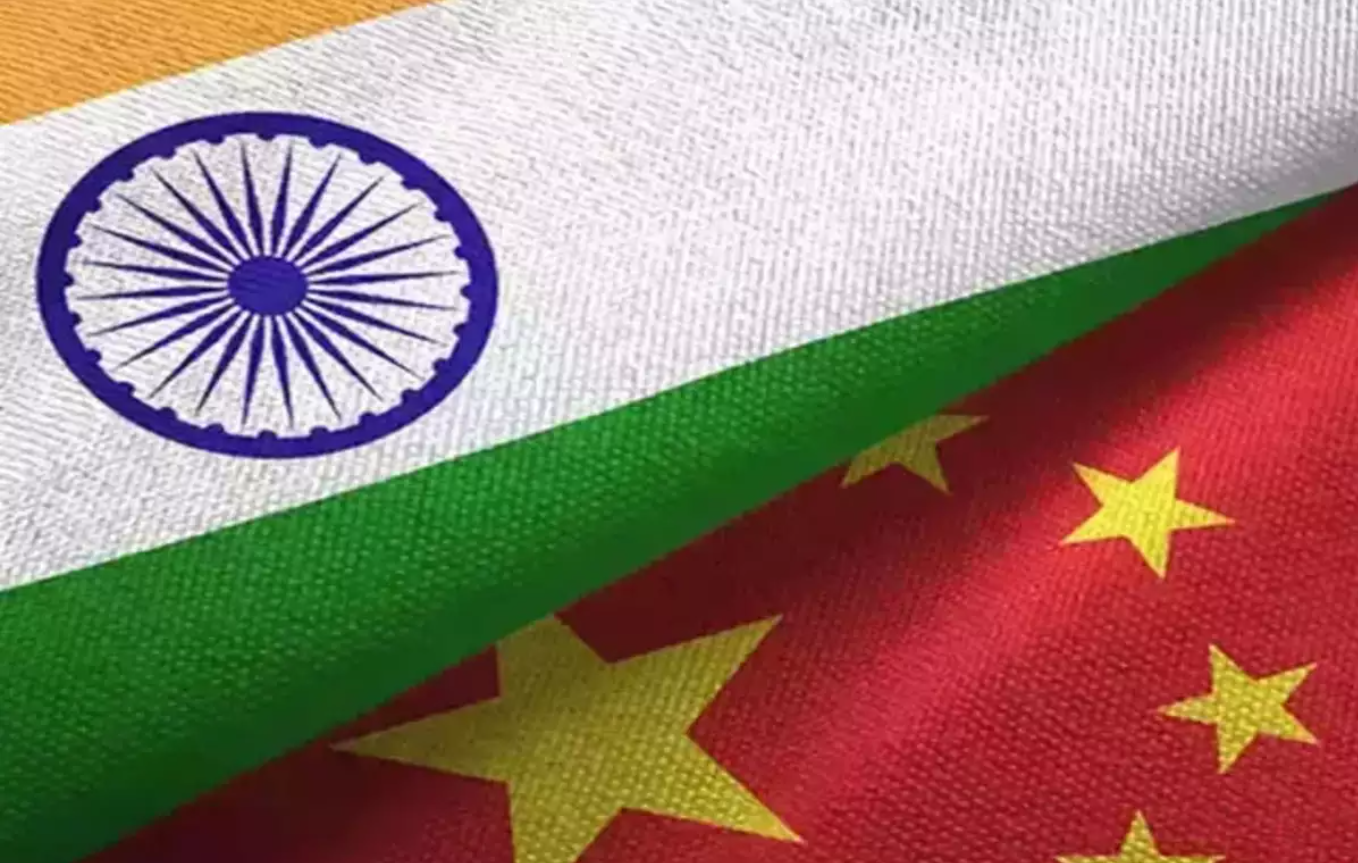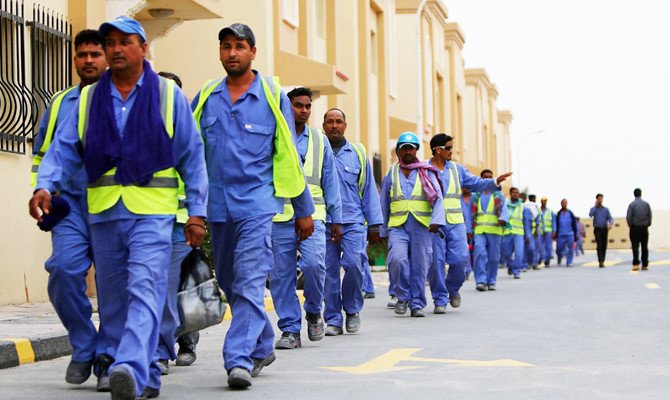China’s Share In India’s Industrial Goods Imports Jump To 30% From 21% In Last 15 Years: GTRI

The Global Trade Research Initiative (GTRI) founder, Ajay Srivastava, emphasized the need for India’s government and industries to reevaluate their import strategies, especially concerning the increasing reliance on Chinese industrial goods. Over the past 15 years, China’s share in India’s imports has surged from 21% to 30%, particularly in sectors like electronics, machinery, and chemicals.
Rising Dependency on Chinese Goods
A recent report by GTRI highlighted India’s escalating dependence on Chinese imports, especially in key sectors like electronics, telecom, machinery, chemicals, and pharmaceuticals. From 2019 to 2024, India’s exports to China remained stagnant at around $16 billion annually, while imports soared to over $101 billion, resulting in a significant trade deficit of over $387 billion.
Strategic Implications and Concerns
The growing trade deficit with China raises strategic concerns, impacting not just economic but also national security dimensions. With China accounting for 15% of India’s total imports and contributing significantly to major industrial product categories, the need for diversified and resilient supply chains becomes significant.
Key Sectors of Dependency
The report highlighted sectors where India’s dependency on Chinese imports is rising significantly, including electronics, telecom, machinery, chemicals, pharmaceuticals, iron, steel, base metals, plastics, textiles, automobiles, medical, leather, paper, glass, ships, aircraft, and more. For instance, in the electronics sector alone, China’s contribution to India’s imports reached 38.4%, indicating heavy reliance on Chinese electronic goods and components.
Impact on Industries and Economy
China’s dominant role as a supplier of machinery, chemicals, pharmaceuticals, and other key products underscores the need for India to bolster its domestic capabilities. The influx of Chinese firms into India’s market could lead to a sharp rise in imports, particularly in sectors like electric vehicles (EVs), passenger vehicles, and commercial vehicles, impacting domestic manufacturers and the EV value chain.
Challenges and Opportunities for India
The report also highlighted the potential for domestic production in categories currently dominated by Chinese imports, such as textiles, apparel, glassware, furniture, paper, shoes, and toys. This presents an opportunity for India’s micro, small, and medium enterprises (MSMEs) to expand their footprint and reduce dependency on foreign goods.
Strategies for Reduction of Dependence on China
To mitigate economic risks and reduce dependency on single-country imports, especially from geopolitical competitors like China, India must focus on diversifying its supply chains. This includes enhancing domestic manufacturing capabilities, promoting research and development in critical sectors, and encouraging investments in key industries.
Way Forward: Towards Resilient Supply Chains
As India aims for economic growth and self-reliance, rectifying import strategies and fostering resilient supply chains will be crucial. This involves a multi-faceted approach, including policy interventions, industry collaborations, technological advancements, and skill development initiatives, to strengthen India’s industrial capabilities and reduce vulnerabilities associated with excessive dependency on specific countries.






